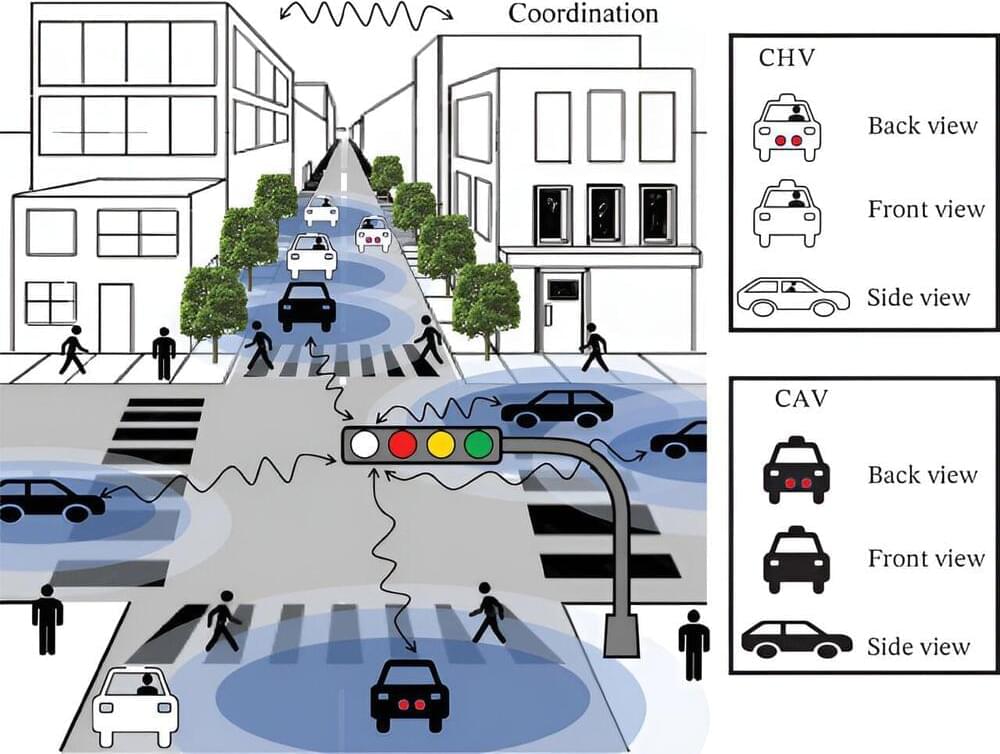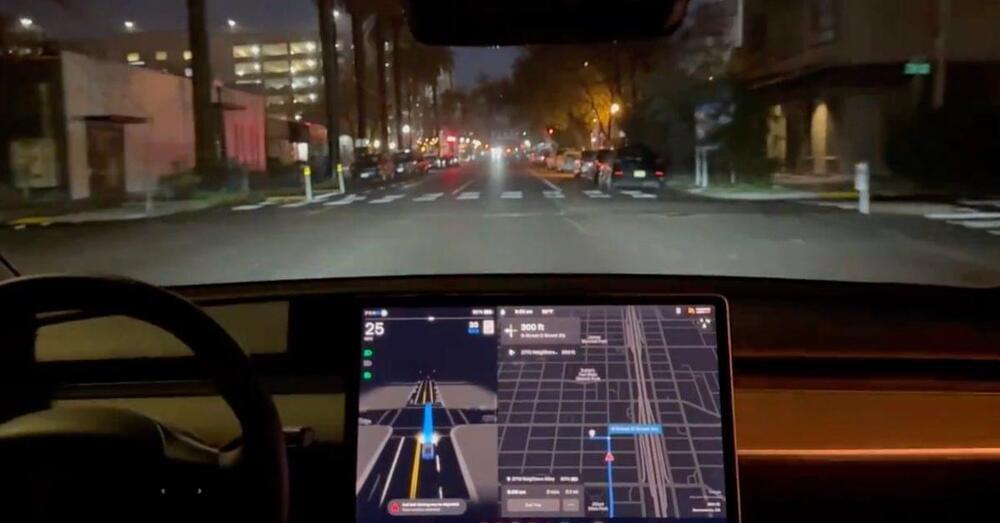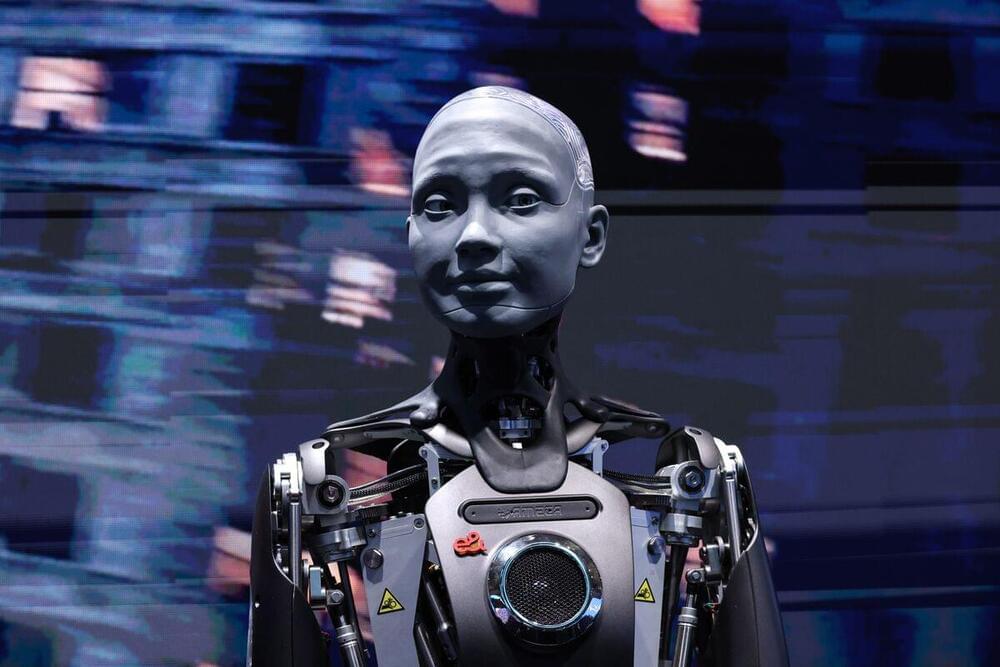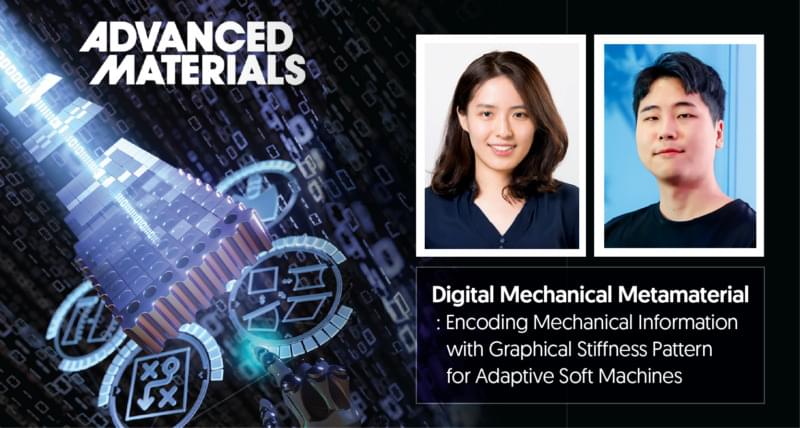OpenAI CEO Sam Altman is seeking trillions of dollars in investments to overhaul the global semiconductor industry, The Wall Street Journal reported.
Altman has long talked of the supply-and-demand problem with AI chips — many AI giants want them, but there aren’t enough to go around — and that it limits OpenAI’s growth. He’s considering a project that would increase global chip-building capacity, according to a Thursday evening report in The Wall Street Journal, and is reportedly in talks with different investors, including the government of the United Arab Emirates.
Altman could need to raise between $5 trillion and $7 trillion for the endeavor, The Wall Street Journal reported, citing one source. CNBC could not confirm the number. OpenAI did not respond to a request for comment.







